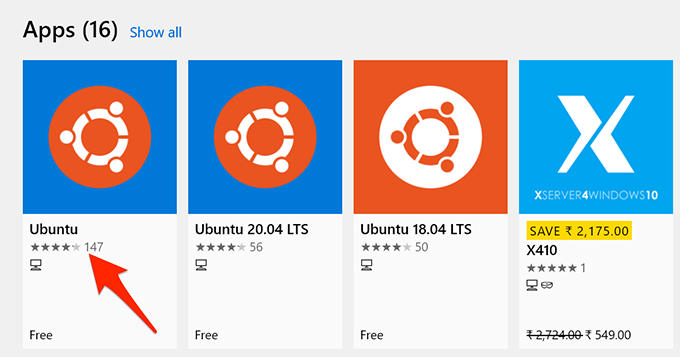

- #Free bash shell for windows how to
- #Free bash shell for windows .exe
- #Free bash shell for windows install
To run a specific wsl distribution from within PowerShell or Windows Command Prompt without changing your default distribution, use the command: wsl -d, replacing with the name of the distribution you want to use. Now running wsl npm init from Powershell will run the npm init command in Debian. For example, from PowerShell/CMD, enter: wsl -s Debian to set the default distribution to Debian. To set the default Linux distribution used with the wsl command, enter: wsl -s or wsl -setdefault, replacing with the name of the Linux distribution you would like to use. To set the default version to WSL 1 or WSL 2 when a new Linux distribution is installed, use the command: wsl -set-default-version, replacing with either 1 or 2. You can list your installed Linux distributions and check the version of WSL each is set to by entering the command: wsl -l -v in PowerShell or Windows Command Prompt. Check which version of WSL you are running
#Free bash shell for windows how to
We recommend following our Best practices for setting up a WSL development environment guide for a step-by-step walk-through of how to set up a user name and password for your installed Linux distribution(s), using basic WSL commands, installing and customizing Windows Terminal, set up for Git version control, code editing and debugging using the VS Code remote server, good practices for file storage, setting up a database, mounting an external drive, setting up GPU acceleration, and more.

See the Best practices for setting up a WSL development environment guide to learn more. Once you have installed WSL, you will need to create a user account and password for your newly installed Linux distribution.
#Free bash shell for windows install
If you run into an issue during the install process, check the installation section of the troubleshooting guide.
#Free bash shell for windows .exe
exe in the command: wsl.exe -install -d or to list available distributions: wsl.exe -l -o. If you want to install additional distributions from inside a Linux/Bash command line (rather than from PowerShell or Command Prompt), you must use. All future launches should take less than a second. The first time you launch a newly installed Linux distribution, a console window will open and you'll be asked to wait for files to de-compress and be stored on your machine. This command will enable the required optional components, download the latest Linux kernel, set WSL 2 as your default, and install a Linux distribution for you (Ubuntu by default, see below to change this). You can now install everything you need to run Windows Subsystem for Linux (WSL) by entering this command in an administrator PowerShell or Windows Command Prompt and then restarting your machine. If you're running an older build, or just prefer not to use the install command and would like step-by-step directions, see WSL manual installation steps for older versions. You can update to the latest Windows version by selecting Start > Settings > Windows Update > Check for updates. To check your Windows version and build number, select Windows logo key + R, type winver, select OK.


 0 kommentar(er)
0 kommentar(er)
